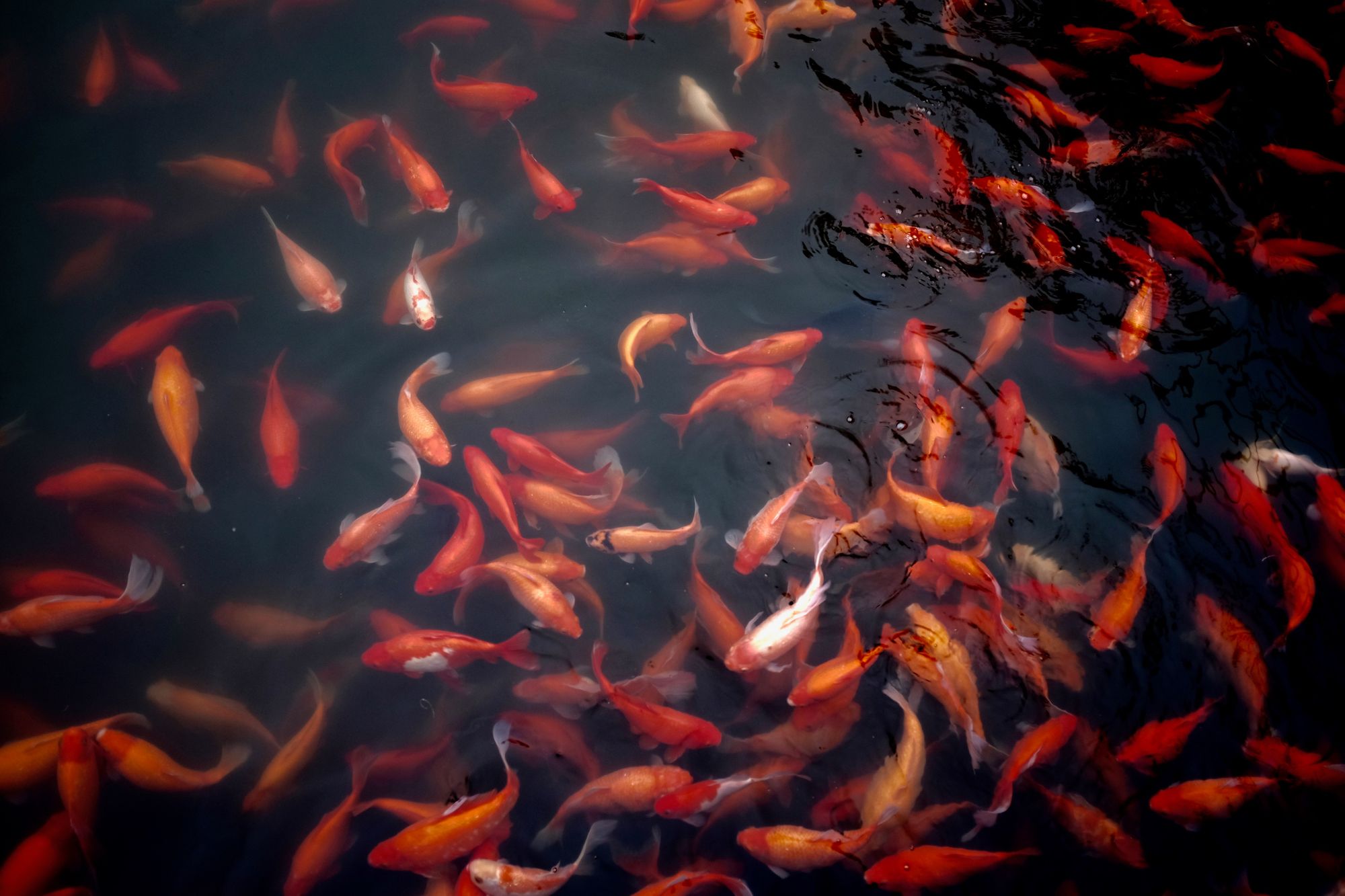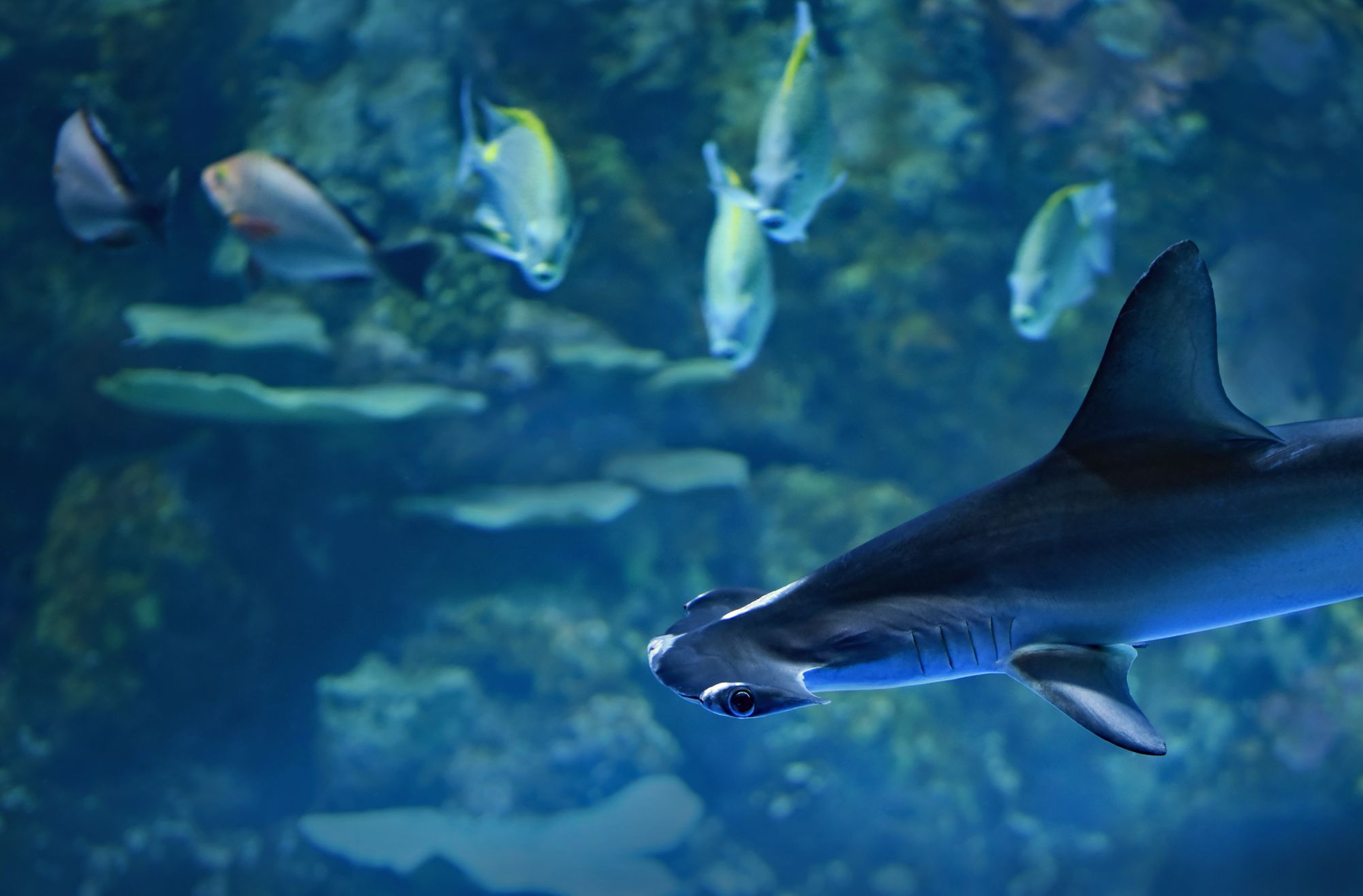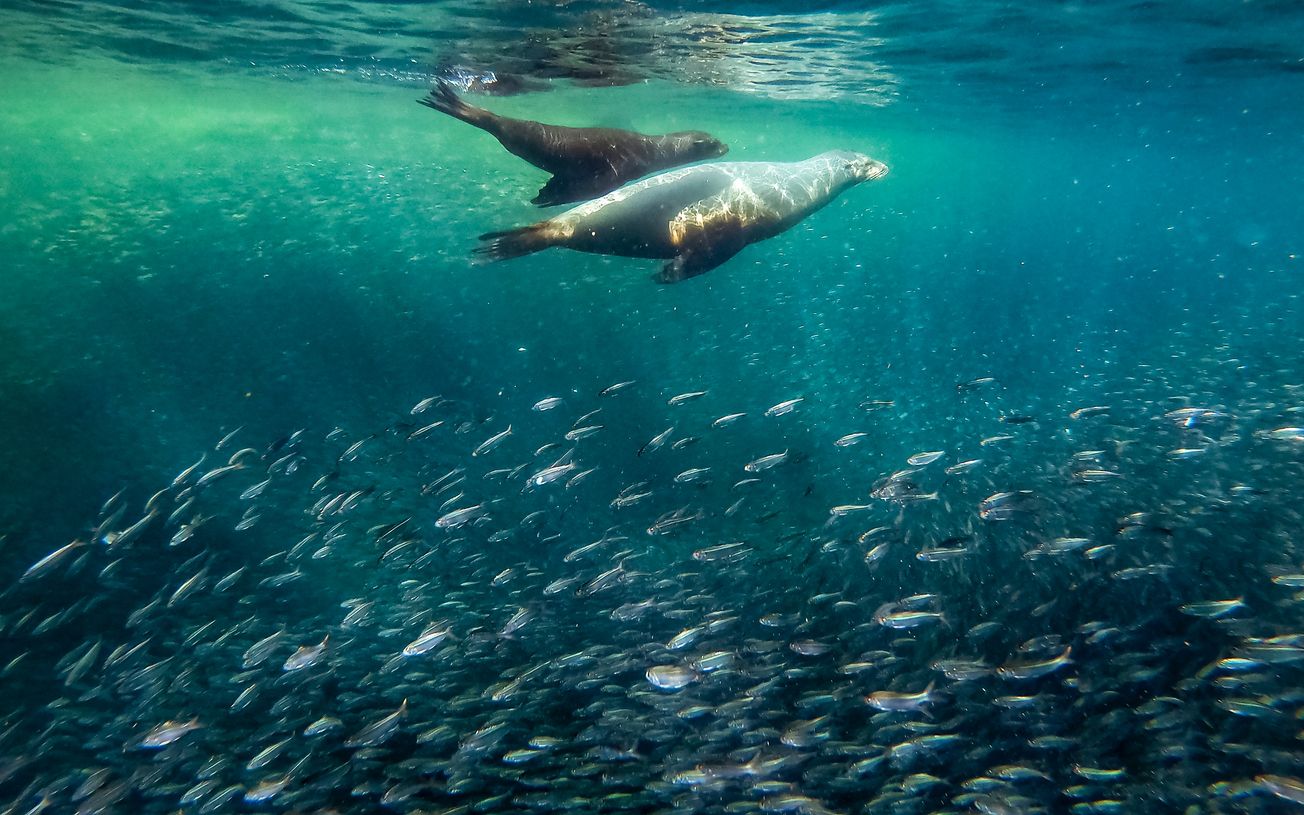By Axaule Alzhanova, second year Biochemistry
Bristol researchers have developed computer games for fish to see why some lead a shoal and others follow.
Being a leader of a group can be rewarding, but it often comes with a price. For leaders of animal groups like bird flocks and fish shoals, the price is high. Behaviour scientists believe animal leaders are at a greater risk of predation than their followers.
Although this is a widely accepted notion in animal behaviour research, there has been no experimental evidence to directly demonstrate this. For the first time ever, a study led by Bristol’s Dr Christos Ioannou produced evidence that validates this theory.
Teamwork makes the dream work in fish shoals
A “shoal” is a group of fish that stays together and interacts with each other. Some species of fish self-organise into shoals led by one or few individuals at the front. Why do fish do this? For prey fish, there are two big benefits – increased protection from predators and a better chance of finding food through collective foraging.
The leader of the shoal directs the group’s movements and activities. As such, leading fish are at power to make decisions that may prioritise them over their followers – such as getting access to food first. Still, followers do benefit in shoals by being led by more informed individuals that are more likely to find resources.
Leaders, however, will also be the first to encounter predators, lowering their chances of survival. This was confirmed by Dr Ioannou’s research group when they looked at the frequency of attacks on leading prey in shoals.

A (virtual) reality check
When observing animal groups in nature, there are some hurdles to studying social behaviour. When looking at attacks on leading individuals, it is difficult to tell whether predators target leaders because of their frontal position or because of other indirect factors, such as the individual traits that made them leaders (e.g. larger size).
So how did Dr Ioannou’s research group overcome this hurdle? The answer is in virtual reality. The research group used a virtual 2D simulation of prey fish to observe attacks by real predatory fish. This allowed prey behaviour to be programmed strictly to “leaders”, “followers” or “solitary prey”. The influences of any other indirect features were therefore eliminated.
The simulation of prey was projected onto a fish tank, where real predatory fish were seen to attack the simulated prey.
A hierarchy of predation risk
The results of the study confirmed that leaders were attacked more frequently than followers due to their spatial position at the front.
The researchers also found that the predation risk for leaders was decreased when neighbouring followers were in proximity. This may have caused leaders to adapt their behaviour to “wait” for followers when the latter have strayed too far behind.
Importantly, it was found that solitary prey – prey isolated from groups – were at even greater risk of attack. Not only are predators more likely to attack solitary prey over any other prey, but they are also more likely to carry out their attack at a time where there is a greater number of solitary prey.
This explains why, despite being under more risk than followers, leading prey prefer to stay in groups, rather than breaking off to swim alone.
Overall, the study established a “hierarchy of risk”: solitary prey were at most risk of a predatory attack, with leading prey second. The followers were the safest, with the middle of the group slightly safer than the trailing group.

The weight of the verdict
What do these findings tell us? A great deal about evolution.
To maintain the safety of followers, leaders are under selective pressure to keep the group together and close to each other. This means evolution favours group-oriented traits in the leading prey.
It also explains why fish adopt different social roles in nature – followers and leaders. Both positions have their own advantages and disadvantages. Hungrier fish, for example, may seek to lead the prey to access food first, while more “frightened” fish may settle in the middle of the group for safety.
Further studies using virtual reality in this field could lead to even more exciting discoveries. As Dr Ioannou said: "This work also highlights the striking insights into animal behaviour can be gained from experiments combining real animals with virtual reality."
Featured Image: Flickr / Matthew T. Rader
Want to get involved? Get in touch!







